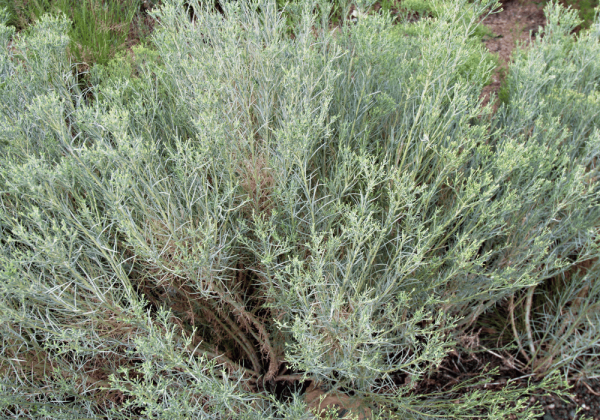Looking to revamp your garden while being eco-friendly? Native plants are your answer! They’re not just beautiful; they also thrive in local climates and support the ecosystem. In this post, we’ll explore the benefits of using native plants in your Kelowna landscape, share practical tips for planting, and introduce you to some native species that will make your garden flourish.
Why Choose Native Plants?
Adapted to Local Climate
Native plants have adapted over thousands of years to flourish in their local soil and climate conditions. This makes them more resilient to weather changes and less reliant on fertilizers and pesticides. In Kelowna, where the climate can be quite variable, native plants are a perfect fit.
Support for Local Wildlife
By choosing native plants, you are providing essential habitat for local wildlife, including birds, insects, and mammals. These plants offer food and shelter to species that have co-evolved with them, creating a balanced ecosystem.
Low Maintenance
Native plants require less water, fertilizers, and pesticides compared to non-native species. This translates into less maintenance for you and a healthier environment. It’s a win-win for both your garden and the planet.
The Best Native Plants for Kelowna
Sagebrush
 Sagebrush is a versatile plant that can thrive in dry, sandy soils. Its aromatic leaves and small yellow flowers make it a lovely addition to any garden. Plus, it’s a haven for local pollinators like bees and butterflies.
Sagebrush is a versatile plant that can thrive in dry, sandy soils. Its aromatic leaves and small yellow flowers make it a lovely addition to any garden. Plus, it’s a haven for local pollinators like bees and butterflies.
Douglas Maple
A small yet sturdy tree, the Douglas Maple is perfect for adding a touch of greenery. It features vibrant red leaves in the fall and provides excellent shade during the hot summer months. Its seeds are a favorite for local birds.
Bluebunch Wheatgrass
This perennial grass is not only visually appealing but also exceptionally drought-tolerant. Its blue-green blades add a unique texture to your garden, and it serves as excellent ground cover, preventing soil erosion.
How to Plant and Care for Native Plants
Soil Preparation
Before planting, make sure your soil is well-drained and free of weeds. Native plants usually adapt to the existing soil conditions, but a little prep work can go a long way in ensuring their success.
Planting Tips
Space your plants appropriately to give them room to grow. Follow the planting instructions specific to each species, paying attention to sunlight and water requirements. Mulching can help retain soil moisture and keep weeds at bay.
Regular Maintenance
Although native plants are low maintenance, they still require some care. Water them regularly during the first year to help establish their roots. After that, they should need minimal irrigation. Keep an eye out for pests and diseases, but avoid using chemical treatments unless absolutely necessary.
Benefits Beyond Your Garden
Water Conservation
Using native plants conserves water as they are adapted to local rainfall patterns. This is particularly important in Kelowna, where water conservation is a growing concern.
Enhanced Biodiversity
A garden filled with native plants attracts a variety of wildlife, enhancing biodiversity. The presence of different species of birds and insects can make your garden a lively and dynamic space.
Carbon Sequestration
Native plants can help sequester carbon, reducing the overall carbon footprint. Trees and shrubs, in particular, absorb carbon dioxide and store it in their biomass and the soil.
Common Misconceptions About Native Plants
Limited Aesthetic Appeal
Many people think native plants are not as visually appealing as ornamental plants. However, native species offer a wide range of colors, textures, and forms that can create a stunning garden.
Difficult to Find
While it may take some effort to find native plants, many local nurseries and garden centers now offer a good selection. You can also order them from specialized suppliers online.
Attracting Pests
Some gardeners worry that native plants will attract unwanted pests. In reality, native plants support a balanced ecosystem, which naturally keeps pest populations in check.
Designing Your Native Plant Garden
Start Small
If you’re new to native gardening, start with a small area. This allows you to get a feel for the plants and how they interact with your garden’s microenvironment.
Layering
Use a layering approach to mimic natural ecosystems. Combine ground covers, shrubs, and trees to create a multi-dimensional garden that offers various habitats for wildlife.
Seasonal Interest
Choose a mix of plants that provide interest throughout the year. This could include spring-blooming flowers, summer grasses, fall foliage, and winter berries.
When to Hire Professional Landscapers
Working with experts can also save time and prevent costly mistakes, making it a worthwhile investment. Ultimately, whether you choose to go it alone or hire a professional landscaping company, the goal remains the same: to create a vibrant, sustainable garden that enhances your landscape while supporting the local ecosystem. Kelstone Contracting has a team of experts ready to help you bring your native plant garden to life.
